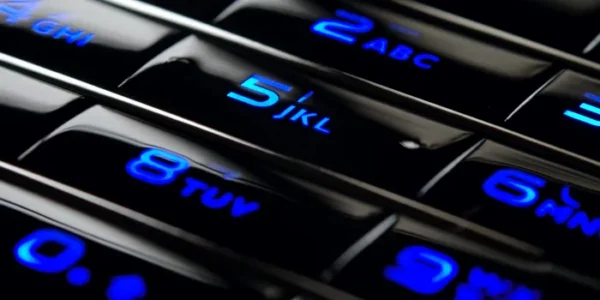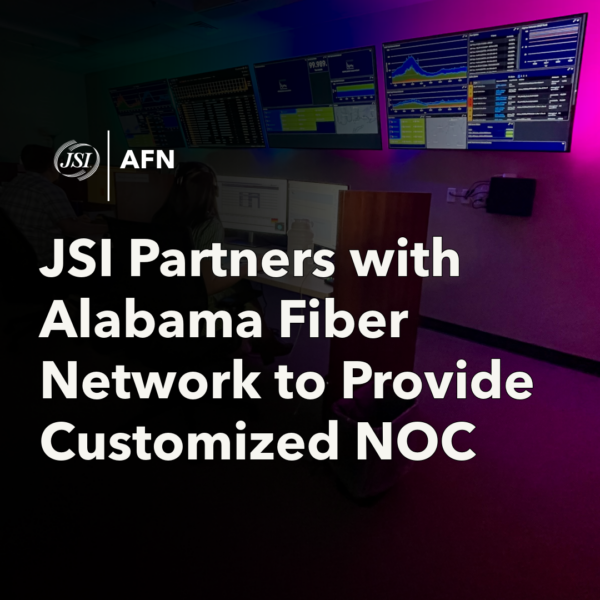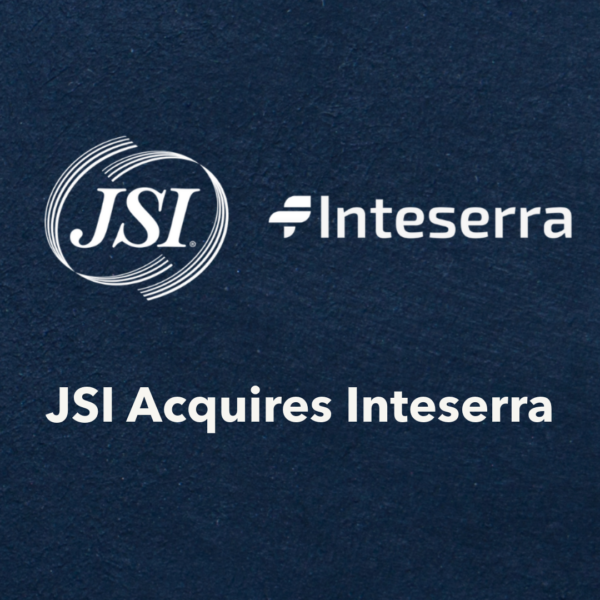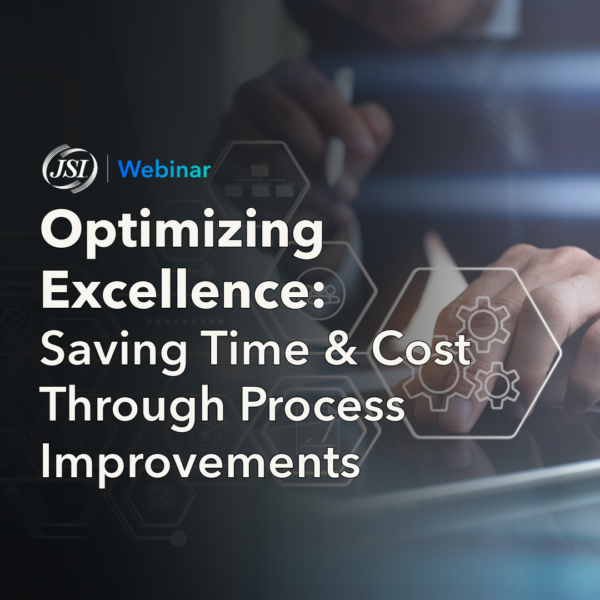
FCC Projects End to Affordable Connectivity Program

FCC Projects End to Affordable Connectivity Program
The Federal Communications Commission (FCC) has projected that current funding for the Affordable Connectivity Program (ACP) will be exhausted in April 2024 without additional funding from Congress.
Congress recognizes that ACP funding is nearing exhaustion and introduced a bill to extend funding for ACP. This bill provides $7B in funding that would allow the program to continue through 2024. Given the uncertainty around additional funding, the FCC released an Order yesterday outlining wind-down procedures for the program.
The following outlines the key provisions and requirements in the Order.
- Customer Notification Process
-
- Providers must proactively communicate with ACP households about the end of the program through a three-stage written notification process. Providers have flexibility in the format of notices (email, text, paper mail), considering household preferences and using familiar communication channels.
- First Notice: The initial notice must be sent no later than January 25, 2024. This notice serves as an early alert to ACP households about the potential termination of the program. The date is 14 days after the release of the FCC Order.
- Second Notice: This notice is sent as soon as practicable but no later than 15 days after the FCC issues a 60-day notice officially announcing the end of the last fully funded month of the ACP. (Without Congressional appropriation, this 60-day notice is expected in late February.)
- Third Notice: This last notice provides explicit notification that the ACP is ending and the amount that households will be billed for service post-ACP. It coincides with the last bill or billing cycle in which the full ACP benefit is applied.
- Providers must proactively communicate with ACP households about the end of the program through a three-stage written notification process. Providers have flexibility in the format of notices (email, text, paper mail), considering household preferences and using familiar communication channels.
-
- Providers are strongly encouraged to include information on their lower-cost internet offerings and low-income programs in the three notices described above.
2. Subscriber Opt-In
-
- Opt-in refers to households affirming they wish to continue to receive broadband service at undiscounted rates after the end of the ACP. The subscriber opt-in aims to allow households to maintain access to essential broadband services while minimizing the risk of bill shock.
- Providers do not need to collect an opt-in from households when the two elements described below have been met.
- One, the provider obtained the household’s acknowledgment of having reviewed the required disclosures when enrolling in the ACP, which includes a statement that the household will be subject to the provider’s undiscounted rates and general terms and conditions if the program ends.
AND
-
-
- Two, the provider can demonstrate that the household can pay for broadband after the ACP ends in one of the following ways:
If the household informed the provider, orally or in writing, about willingness to continue broadband service after the ACP ends at a higher rate;- If the household was an existing paying internet service customer with the current broadband provider at the time of enrolling in the EBB Program or the ACP; or
- If the household currently pays a fee for their ACP-supported broadband service.
- Two, the provider can demonstrate that the household can pay for broadband after the ACP ends in one of the following ways:
- Providers must collect an opt-in from households that the provider cannot establish the two elements of affirmative opt-in as described above before charging them a higher rate for that broadband service than the household was paying when the ACP benefit was applied.
-
3. Customer Enrollment Freeze
-
- The freeze on new customer enrollments is effective February 8, 2024. This means that after February 7, 2024, at 11:59 p.m. EST, providers will no longer be able to enroll new customers in NLAD and de-enrolled households cannot re-enroll.
- Providers can still perform transfers after the freeze. However, transfer limits still apply.
4. Expedited Claims Submission
-
- Providers are encouraged to submit any remaining outstanding claims for reimbursement or revisions before February 1, 2024.
- Providers will begin to have a shorter timeline to submit reimbursement claims. Starting from the February 1, 2024 snapshot, providers must submit reimbursement claims to USAC by the 1st of the second month after the snapshot date.
- For instance, claims and revisions for the February 1 snapshot must be in by April 1, 2024. Subsequent claims follow the same pattern. Reimbursement claims submitted after the deadline will not be processed.
5. Partial Reimbursement
-
- Providers will be eligible for full reimbursement until April 2024. The May 1, 2024, snapshot will serve as the reference point for households eligible for reimbursement for the April 2024 data month.
- In the final month of reimbursement (May data month), providers have the option to receive reduced payments on a pro-rata basis. For instance, if the existing ACP funding can cover 80% of the claims, providers will receive 80% of each claim on a pro-rata basis. The FCC plans to notify providers promptly about the partial reimbursements and their projected share.
- In the 60-day notice, the FCC will provide guidance on the process to notify USAC if providers intend to receive reimbursement for discounts beyond that fully funded month.
6. Provider Application and Approval
-
- February 7, 2024, is the last day the FCC or USAC will review new service provider applications or election notices.
7. Enforcement
-
- The FCC emphasizes the continued obligation of providers to maintain robust policies and procedures to ensure compliance with ACP rules. The FCC reserves the right to use its full authority to address non-compliance during the wind-down period.
Lastly, to learn more about how the ACP wind-down may impact your participation in various grants and USF programs such as BEAD, ReConnect, Capital Projects, and Enhanced-ACAM or if you have any questions regarding the wind-down, contact Lans Chase or Dounia Chikhoune.










